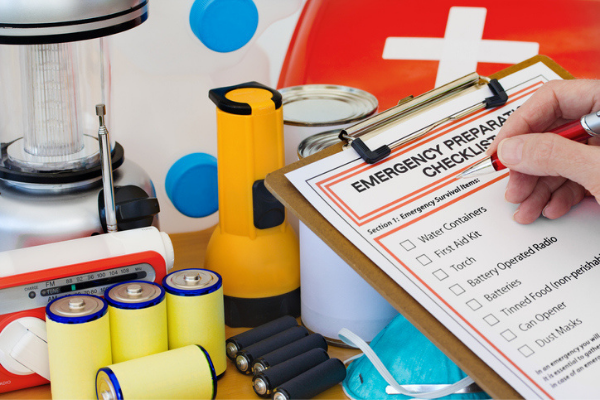
If you are a mystery buff, you are likely to be familiar with Locard’s Exchange Principle. The principle states that the perpetrator of a crime will bring something into the crime scene and leave with something from it. It is a valuable principle not just in the area of forensics and solving crimes but relates to safety. Think about this for a second. When we enter a laboratory or industrial facility, we are both a potential source of contamination and carriers of contaminates into areas outside of these environments, which means that there is a possibility of take-home exposures.
While we may be cautious in the laboratory, and utilize appropriate personal protective equipment, there is still the possibility of take-home exposures. For example, how do you handle your laboratory coat when it gets dirty? Is there a possibility that you are bringing home your work on clothes or shoes? You may also be bringing contaminates home on your skin and hair. If you aren’t careful, these can be exchanged from you to items in your home, like the carpet or furniture. So, take-home exposures are real possibilities.
What can you do to prevent these types of exposures? First, use good laboratory practice at work. There may be specific work practices in use. For example, some facilities have changing facilities, and laundry services to handle contaminated work clothes. Depending upon your particular working conditions, you may want to follow decontamination procedures or thoroughly wash before leaving the work area. If these aren’t practical, you may want to keep your work shoes in the garage. And, it isn’t just the workplace either, think about the materials that you use in the garage or the garden.
We need to be aware and take safety with us, but we don’t have to take contaminates along for the ride.









